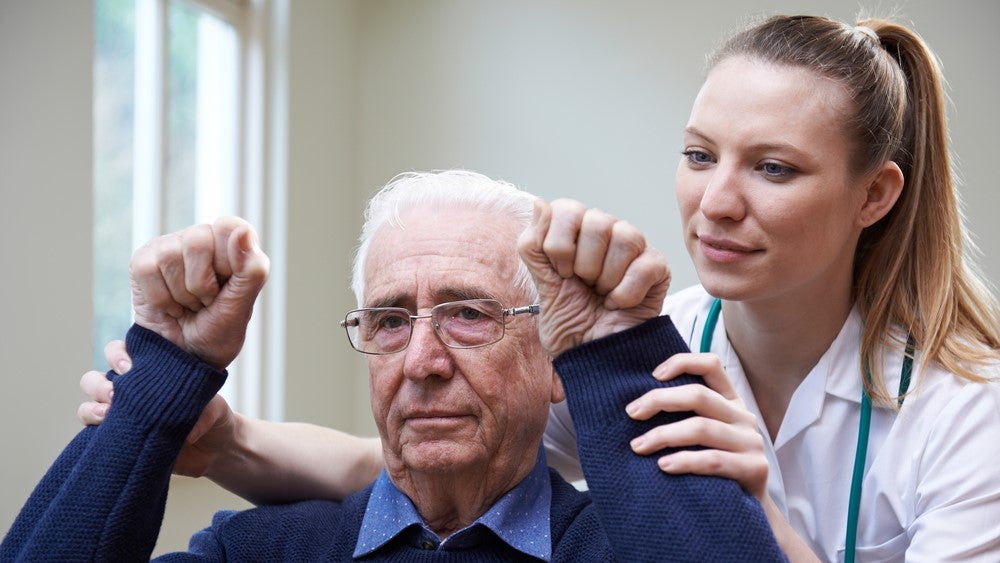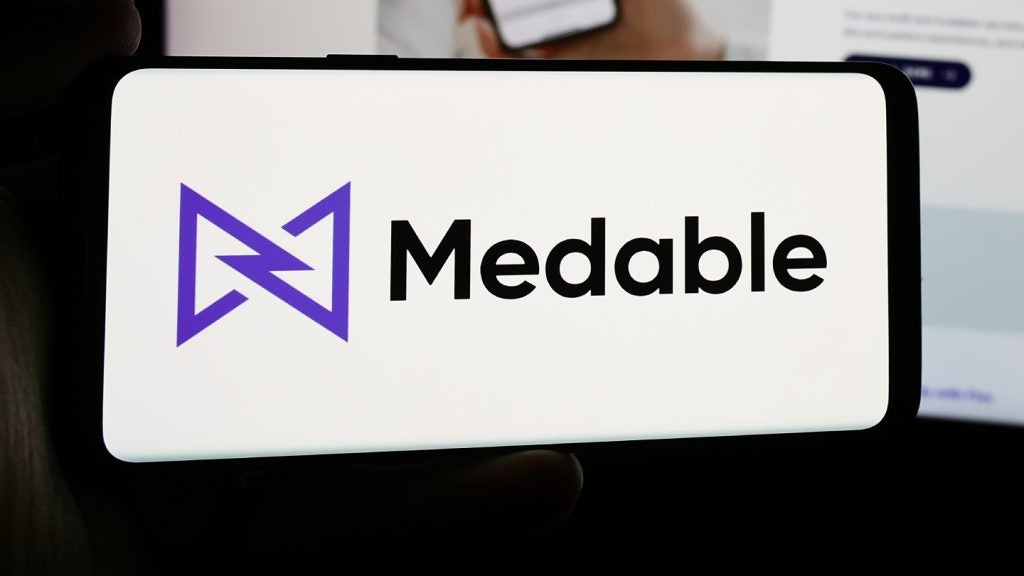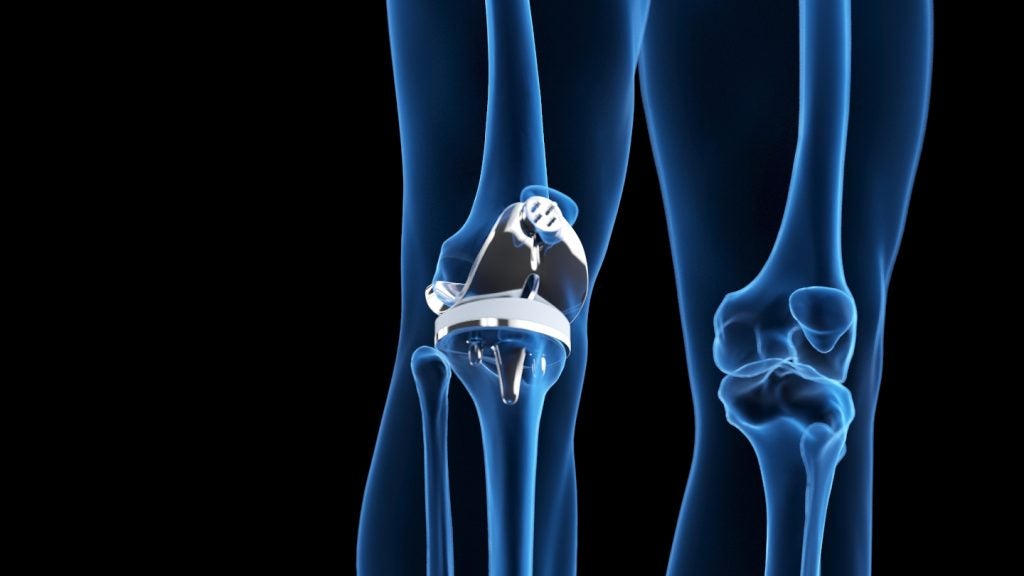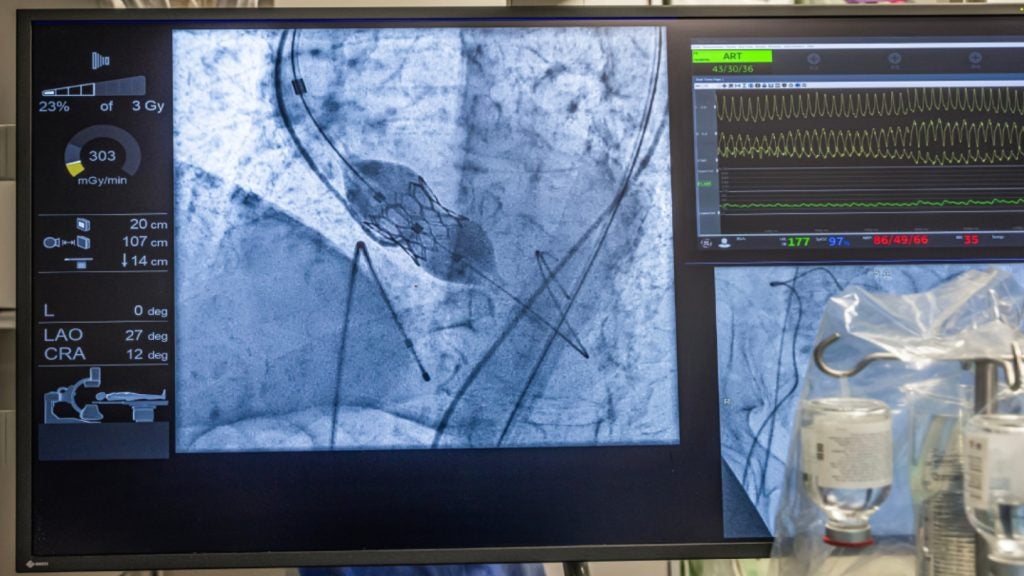Experts have called for improved stroke education, restating the time-sensitive nature of effective stroke treatment to mark World Stroke Day (29 October).
One in six cardiovascular deaths in the US was related to strokes in 2022, with most stroke patients not receiving treatment within the optimal timeframe.
Acute ischemic stroke (AIS) accounts for 85% of all strokes but fewer than 30% of these patients receive treatment within the optimal timeframe, highlighting a need for more education to allow symptoms to be better recognised earlier.
Ashley Clarke, senior medical analyst at GlobalData, said: “This World Stroke Day, focus should be on enhancing stroke education, improving diagnostic tools, and expanding access to cutting-edge treatments for better outcomes going forward.”
Clarke pointed to the reasons that might delay treatment, including a lack of symptom recognition, misdiagnosis and inadequate access to the necessary care.
“Stroke symptom education is therefore critical to ensure stroke victims receive aid as quickly as possible,” Clarke added.
“Innovations in telemedicine and mobile stroke units can further enable timely care by providing pre-hospital imaging and diagnosis, administering thrombolytics to reduce treatment delay, and expanding care to the areas further away from major stroke centres.”
AIS patients can receive thrombolysis treatment for up to four and a half hours after a stroke while thrombectomy has been approved by the National Health Service (NHS) for use up to six hours after stroke symptoms begin. Thrombectomy, however, is only suitable in about 10% of stroke cases and is most suited for patients with large blood clots in the brain’s central vessels.
Some trials have demonstrated that patients who receive thrombectomy are more likely to return to ‘functional independence’ while another study found that 49% of patients who received thrombectomy had a ‘good’ outcome, compared to 13% who received standard medical treatment.
Emerging trials are exploring other potential options for the use of thrombectomy. These include offering treatment up to 24 hours after AIS symptoms begin and extending treatment to patients with medium vessel occlusions.
According to GlobalData estimates, the value of the global neurovascular thrombectomy market will increase from $936m in 2024 to $2bn by 2034, driven by rising demand, increasing stroke incidence, and the potential for expanded treatment eligibility.
For all AIS patients, treatment options are dependent on the speed of stroke diagnosis, and the availability of specialist equipment and personnel. In diagnoses, an MRI or CT scanner is needed to perform perfusion imaging, which enables medical professionals to determine the severity of the clot-blocking vessels in a patient’s brain and to establish the next steps.















